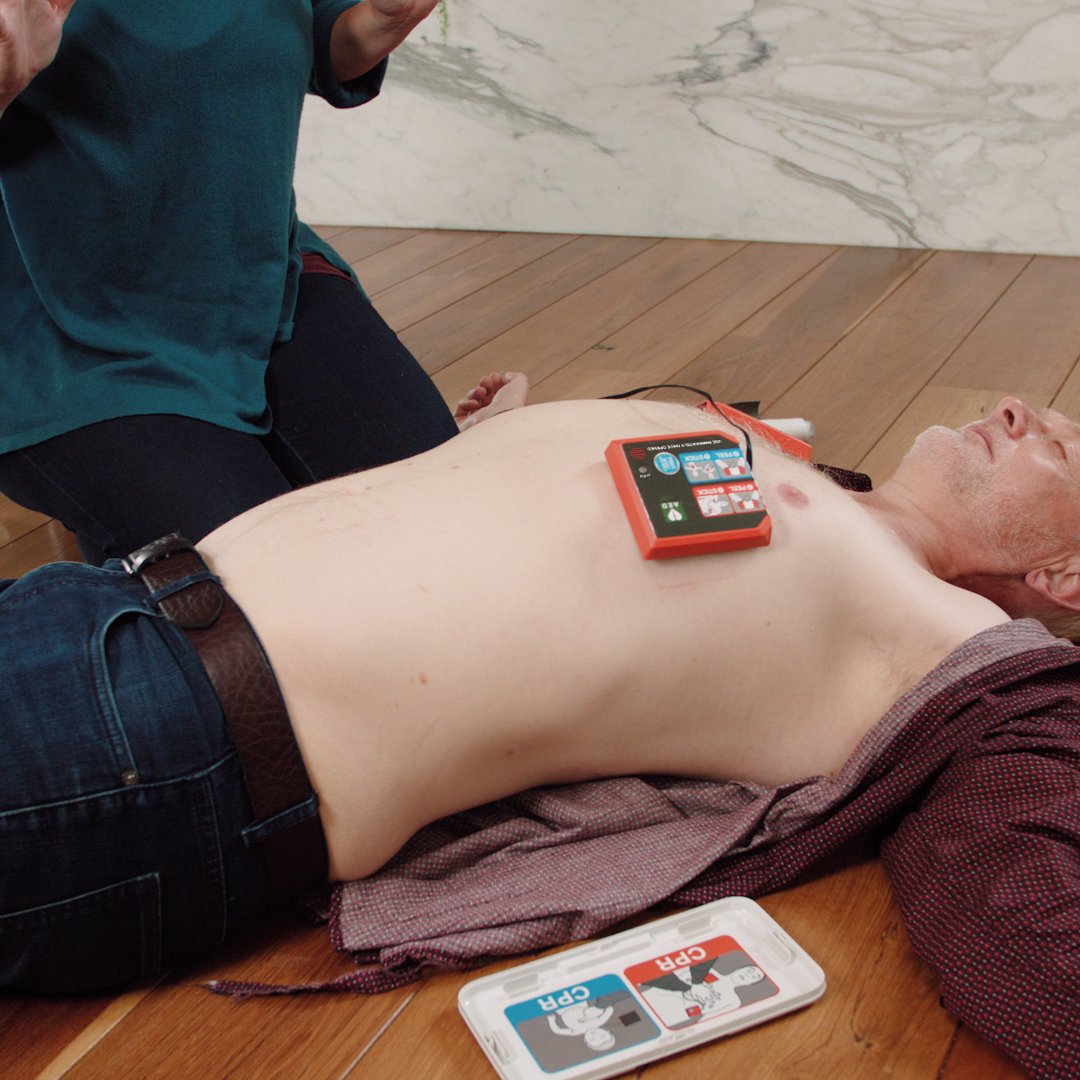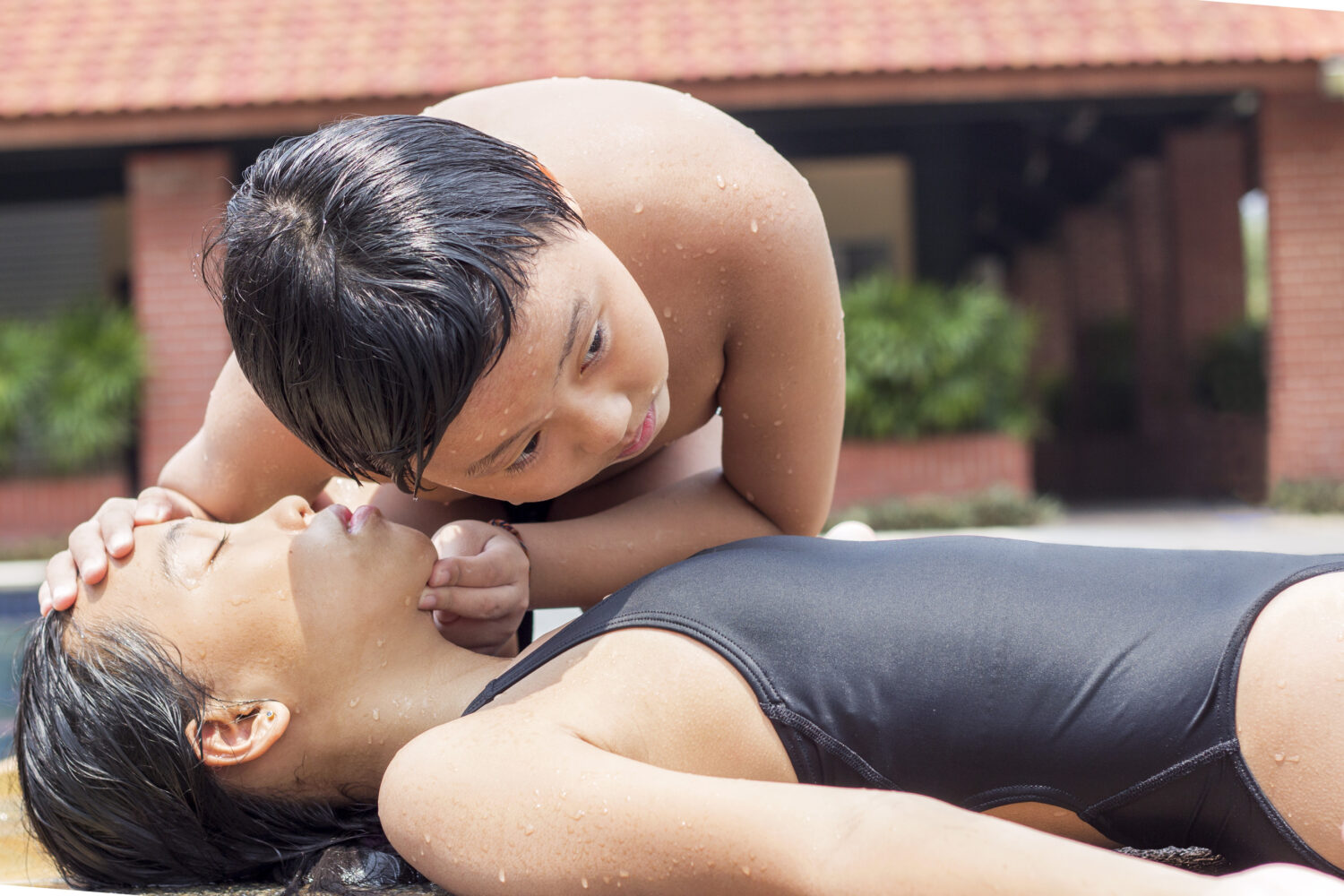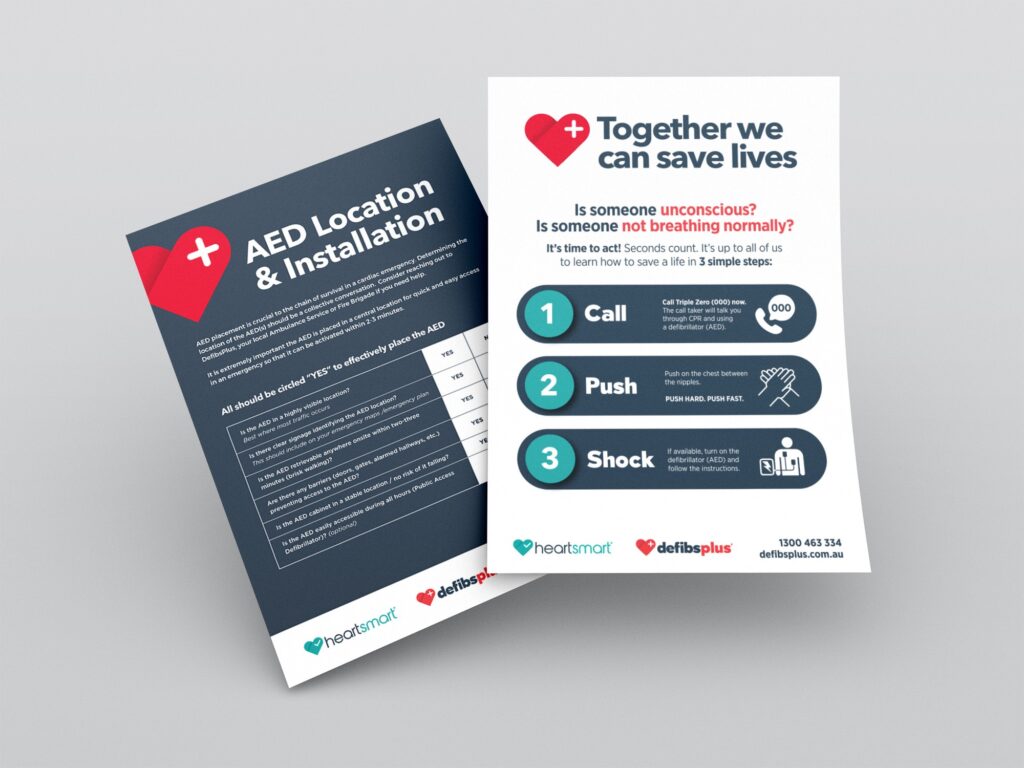

The body’s cardiovascular system is one of the most complex and complicated systems to ever exist, and understanding it is no simple task. As a result, popular culture has given us all a simpler, more romantic and incorrect idea of what the heart does and doesn’t do. We say that we have love in our hearts when it’s actually in the brain. We exclaim that we almost had a heart attack when someone or something scared us. We associate big hearts with generosity and kindness rather than a symptom of a dangerous heart condition. In this article, we’re going to talk about the differences and connections between heart disease, heart attacks and sudden cardiac arrest (SCA).
No, they are very different and distinct, although they both affect the heart, and are both potentially fatal.
A heart attack (myocardial infarction) is caused by a blockage in arteries that feed blood into the heart. The blockage stops oxygenated blood from the heart, which damages the organ and causes the tissue of the heart to start dying. You won’t necessarily fall unconscious while having a heart attack, and many people go about their day dealing with the symptoms of restricted blood flow into the heart for hours without realising what is occurring. If untreated, a heart attack can be fatal.
SCA is when the electrical system that keeps the heart pumping regularly and effectively malfunctions, causing an ineffective, very irregular heartbeat. This causes the heart ventricles to flutter rather than pump strongly, which is known as ventricular fibrillation. Because it is not pumping correctly, the flow of oxygenated blood to the brain and organs stops. This causes tissue damage and organ death very quickly – in as little as 3 minutes. Without CPR and defibrillation to restart the heart, SCA is usually fatal within 10 minutes. In Australia, the death rate for SCA is as high as 90%.
Heart disease, also known as coronary artery disease or coronary heart disease, is a common term for the build-up of plaque in the arteries. This build-up restricts blood flow to the heart, which can cause a heart attack. If a piece of plaque breaks off, it can travel through the arteries and get stuck in a smaller artery, blocking it off and causing a stroke.
When a person has a stroke or heart attack, this can affect the electrical system of the heart, causing it to malfunction and go into ventricular fibrillation – SCA. So coronary heart disease, heart attacks, strokes and other cardiac health problems are risk factors for SCA. Essentially, you are more likely to experience SCA if you have these heart health conditions.
This risk factor, heart disease, is a very real cause for concern. After all, it is the leading cause of disease burden (cost of care in health facilities) and death in Australia. 169 related cardiac events (heart attack or unstable angina) occurred every day in 2017 alone. In 2018, it accounted for 17,500 deaths.
Heart attacks, strokes and SCA can happen to anyone, at any time. For people who have genetic heart conditions or who suffer from heart disease, the risks of SCA are especially high. When a cardiac event occurs, it is up to the people around us – our co-workers, family, or strangers – to act quickly in order to ensure the best chance of survival. Here’s what to do:
DefibsPlus is a leading AED supplier offering defibrillator training through our HeartSmart Program. We also can assist you, your business and your community with AEDs, batteries, storage cabinets and First Aid kits.
We’ll teach you, your family or your employees exactly how to use the AED we have supplied you with and how to perform bystander CPR – all with the latest safety considerations of the COVID-19 pandemic.
For more information on how we can help you and your community, please contact our team today.





Interested in ordering defibrillator products or training for your organisation? Fill in the form below and a member of our sales team will contact you as soon as possible. Thank you for your interest.

| Resources | Are you COVID-19 safe?, COVID-19 CPR & Defibrillation, Call, Push, Shock, CPR Rapid Action Plan, Chain of survival, How to use an AED, Helpline Support, GoodSAM App, Heart Smart Program, FAQ, AED Checklist, AED Checklist, AED Policy & Procedures, AED Maintenance Checklist |
|---|
